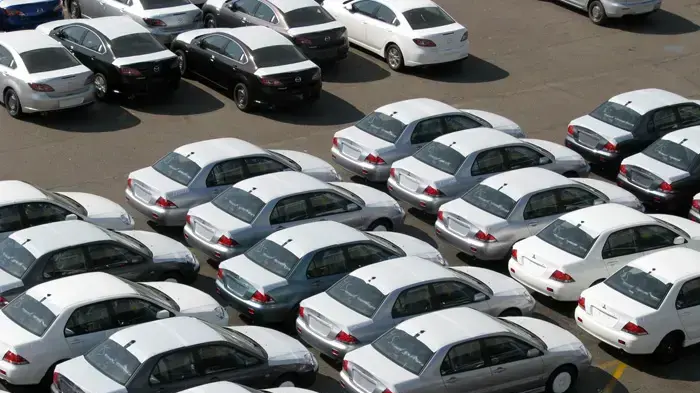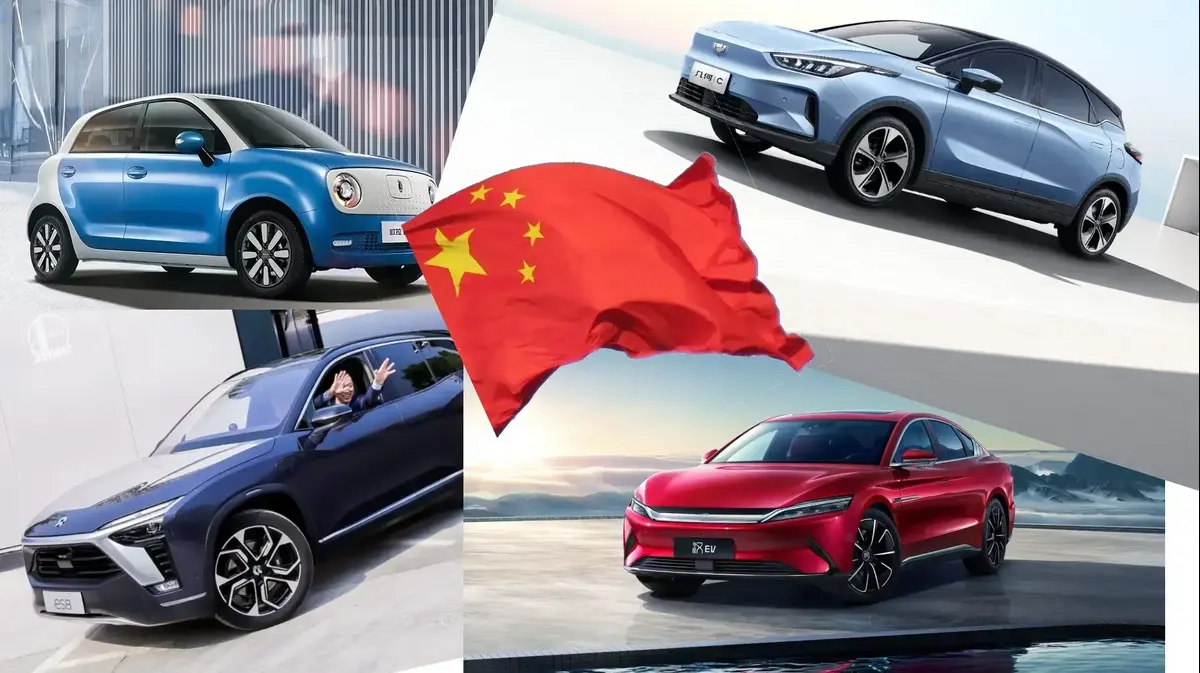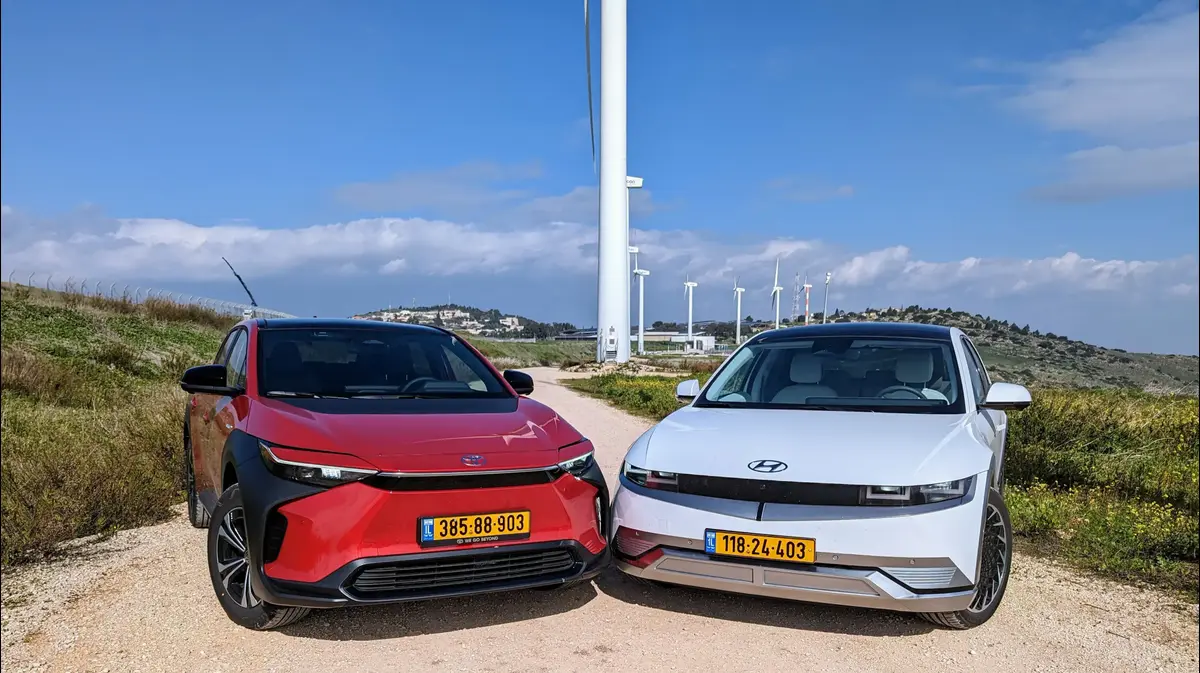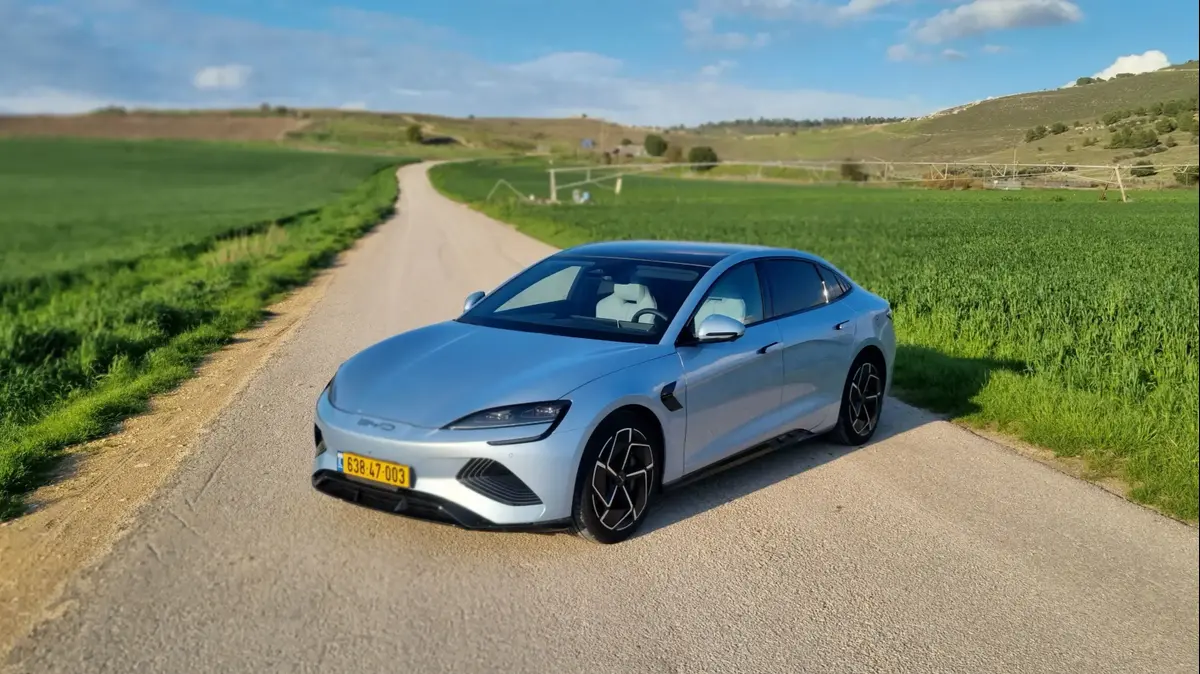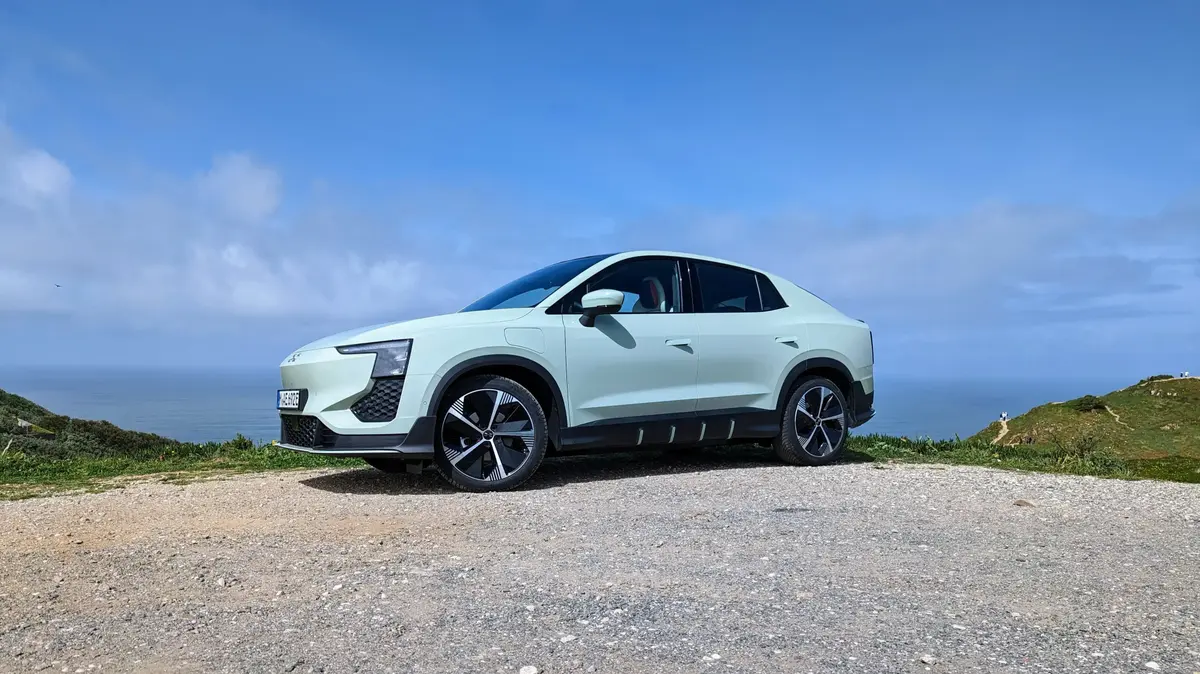Used Bubble: These are the cars that have soared and what will stop the madness
If you are in a situation today where you are looking for a used car, our condolences - you are going to pay dearly for it.
And with the growing demand, there is also a demand for non-bank financing, and Israelis are addicted to payments for them
Keenan Cohen
22/02/2022
Tuesday, 22 February 2022, 13:59 Updated: 14:24
Share on Facebook
Share on WhatsApp
Share on Twitter
Share on Email
Share on general
Comments
Comments
Do you have a Hyundai i20?
Congratulations, your car added about 5,000 shekels to its value (9%) within four months between August and December 2021, according to data from the Blender company that provides non-bank credit.
And the i20 is not alone, even the Chevrolet Spark mini car that added NIS 4,500 to the price at the time Tested at our request.
This increase in used prices was the hidden and strange story on the face of the Israeli car market in 2022 and as things stand at the moment - we are going to characterize it in the coming year as well.
It was hidden because the bulk of the headlines were captured by the stunning numbers of new cars that hit the roads this year (and to a large extent simply “balanced” 2020).
It is strange that the same wave of vehicles largely omits the claim that the rise in prices is due to a shortage of new cars.
More on Walla!
5 Suckers Traps of Used Cars
To the full article
Hyundai i20 added NIS 5,000 in 4 months (Photo: Kobi Liani)
So why is it that even cars that are far from being "sought after" like the 6-7 year old Opel Corsa added 1,000 shekels to its value in just four months?
Well, the answer is that there is no single cause, but rather a combination of circumstances that led to the current situation.
The first is that although 2021 recorded a record import of cars, it was a compensation for the decline of 2020 as well as evidence of the ability of Israeli importers to get their hands on inventory, in some cases due to other markets that have not yet recovered from the corona. The real problem is when the expected arrival times of some of the new models in Israel are stretched over 6, 9 months and even reach a year ahead.
In this situation, buyers are looking for who just need or just want to renew the alternative in the form of a used car.
It is also in demand, Opel Corsa previous generation (Photo: Kobi Liani)
In other cases, the dysfunction, partial and poor functioning in certain areas of public transport was also added during the Corona period to the preference of many not to use it due to the potential exposure to the virus.
To these can be added more components such as the jump in the housing market, more people are moving to new neighborhoods that in the best Israeli tradition are often built in a biased private vehicle - without nearby community services, without proper public transportation infrastructure.
In addition, all the economic indicators also indicate an increase in the standard of living of Israelis and with it the ability to own a second or third car at home.
Changes in used prices (Photo: screenshot, screenshot)
Other processes that led to this chain reaction are related to the trade-in and leasing companies, the largest players in the used car market in Israel.
In some cases, leasing companies saw the delivery difficulties of the new cars and extended the lease period of the cars that were already in leasing deals.
Which "closed the tap" for the flow of such cars to the market.
The exact same story happened with the rental companies, who stopped their purchases almost completely due to the halting of tourism and again, cars are not emitted to the market.
By the way, even if there were those who held inventory during 2020 and early 2021 they preferred to let the inventory sit and not sell it at a loss - and these were significant loss prices - in the last quarter of 2020 the average drop in used cars was 3%.
In multiplications of vehicle fleets - these are huge amounts.
Building en masse, but not always with efficient public transportation (Photo: Reuven Castro)
Gil Autumn CEO of Blender Israel (Photo: Sivan Farage)
And the tool that Israelis make great use of on the road to this used car is the non-bank financing levers.
Gil Autumn, CEO of Blender, which provides such funding, explains what it looks like from their side.
1.
We see the more significant increases especially in small and cheap cars - what does this teach?
For "second-hand" vehicles, the increase in the segment of smaller and cheaper cars is mainly due to the increasing need for a "vehicle for every driver.
" Making the purchase of the car accessible to the used market?
There is no doubt that accessing a digital and fast financing route contributes significantly to the consumer's ability to buy. Sometimes an increase of NIS 100-200 per month leads to a significant improvement in the car model or yearbook.
3. Is this a purchase route that is unique to the Israeli market?
What is the situation in European countries?
This purchasing route is not only unique to the Israeli market, we see extensive use of our financing system in other countries around the world, in fact the very fact that our system is active in other countries also allows us to constantly innovate solutions for these consumers.
4. What do you expect as you analyze the situation to continue this trend?
Finally, there are a number of parameters that affect the demand for non-bank financing: 1. Reduction of credit facilities 2. Access to the credit data report, the score of which affects, among other things, the mortgage terms and additional terms.
Rising car prices due to the crisis.
4. Technological capabilities that enable obtaining financing easily and quickly.
All of these affect the use of financing when purchasing vehicles and all of the above parameters are on the rise.
More on Walla!
Excess 50: Cheap used used
To the full article
But like any celebration, the one of the used cars for all its reasons - will end sometime.
And the factors that will bring calm to this market belong in part to the factors that brought it there.
That is, a future release of cars from the large vehicle fleets to the market that will flood it and balance supply and demand and with a lower probability - a gradual overcoming of the shortage of chips and delivery times.
But above these two and other reasons - the consumers themselves who will not be tempted by the cheap money under the auspices of interest or push.
The day they understand that surrendering to whim or "need" to renew costs them dearly, market forces will come into action, stronger than any other factor they have an interest in keeping the market distorted (from importers to finance companies and banks) - postponing used car replacement for two months Private and institutional sellers for exorbitant prices and only these can affect the market in the most significant and immediate way.
vehicle
Car News
Tags
Used car
Used cars
second-hand
Second hand

